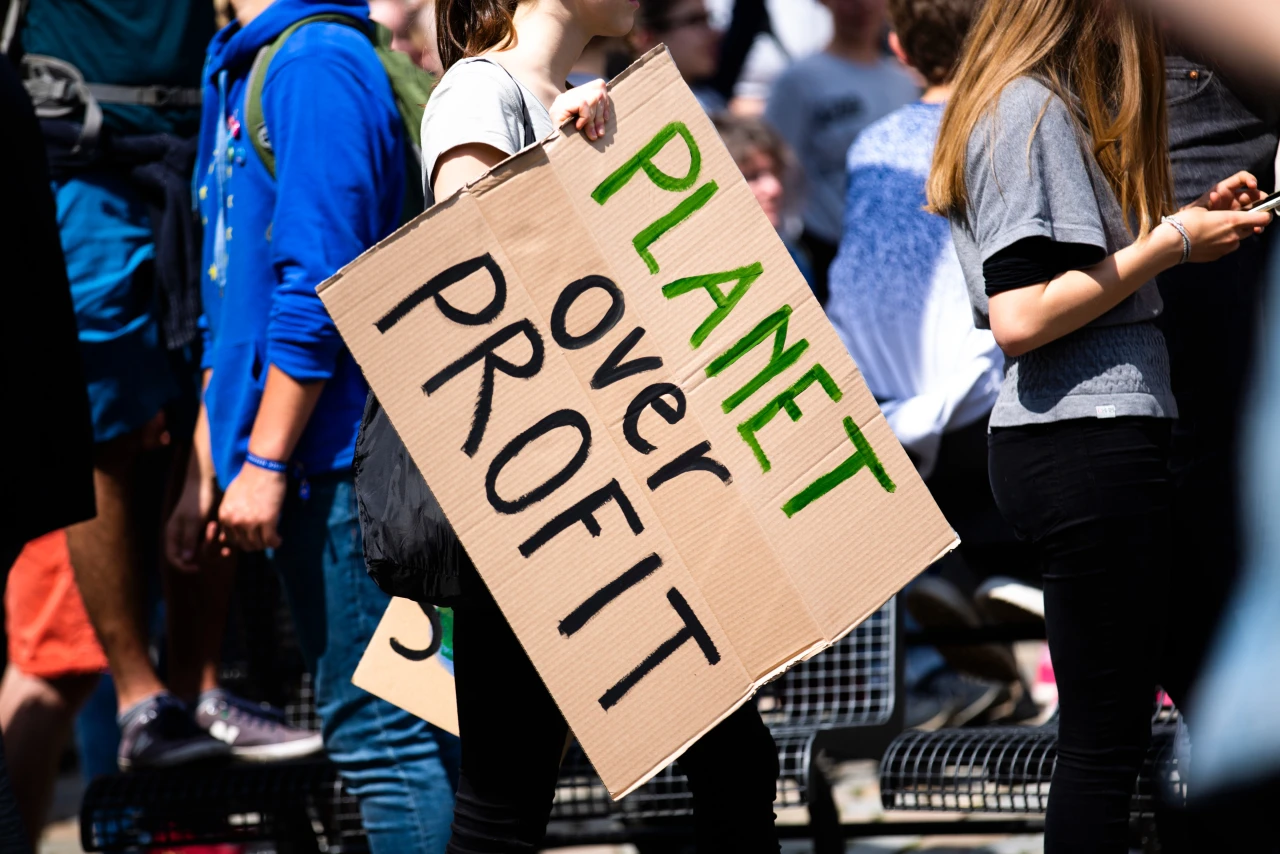Drought is impacting every aspect of life in the Western United States, and it's going to get worse
A wave of dangerous heat has settled in across much of the western United States. In addition to straining electrical grids—even in states that didn’t deliberately isolate themselves from their neighbors—as huge areas grapple with triple-digit temperatures, the hot, dry, windy conditions represents an increased fire risk. The prolonged heat, high evaporation, and low rainfall are also exacerbating a severe and ongoing drought that is gripping many regions in the West.
As horrible as the last few fire seasons have been in California, conditions are in place to make 2021 worse than anything that has come before. Those conditions extend well beyond the borders of the Golden State, and this is a phenomenon that extends well beyond a bad week or even a bad year. Across the West, the flow of water in streams and rivers is at record lows. So is the level of water stored in lakes and reservoirs.
On Thursday, even as wildfires continue to roar across thousands of acres in Arizona, state firefighters made a frightening announcement: Because of the low level of water available, the state will no longer be able to scoop up water with planes or helicopters to drop on wild fires. The massive Lake Powell is down over 30’ in just the last year, and is over 120’ below the “full” level it held until only a few years ago. Lake Mead, the reservoir that stands behind Hoover Dam and provides water and power to Las Vegas as well as a number of other cities, is at its lowest level since the dam was completed in the 1930s. San Carlos Lake, the reservoir closest to the current fires in Arizona, has seen its water reduced from 19,500 acre-feet to just 55 acre-feet—a 99.7% decline.
When thinking about the climate crisis, many people first think of rising sea levels. But declining lake and river levels is part of the same package. And that crisis is here.
Along the California-Oregon border, farmers are deeply concerned about the presence of violent anarchist Ammon Bundy and a collection of antigovernmental activists who have assembled near the headwaters of the Klamath Basin. Some of those gathered under Bundy’s banner were involved in a previous fight over water in the area, and as the drought worsens, they’re at it again, with renewed threats of violence and destruction—along with a menace to the environment of a river system that is hanging on by a bare thread. As Dave Neiwert reports, Bundy and his cohorts are indoctrinating a new generation of locals and turning them toward destruction, the whole situation egged on by a 90% drop in the available water.
Whether it’s the Animas River in Colorado, or rivers fed by a declining snowpack across the West, this drought is serious, impactful, and here right now. Current conditions are the results of years of declining rainfall as the climate crisis creates a change in rainfall patterns in the United States and around the world.
These changes are not minor. The decline in spring runoff at Lake Powell is so tremendous, that it requires a change in scale when compared to values from decades past. The record lows at Lake Meade come just five years after the lake was full to the brim. Those already low levels are threatening the future of both lakes, not just in terms of supplying water, but in generating electricity. Water levels at both lakes are expected to continue falling through the summer and fall. Those low water levels may reveal some interesting artifacts and make it once again possible to visit canyons long beneath the waves, but the presence of these reservoirs is a required feature for many cities in the West.
The change in the region has been underway for decades, with the number of “wet years” on a slow decline. This change has accelerated in the last two decades, and the last few years have repeatedly broken records both for low rainfall and for high heat.
There is now almost certain to be a shortage of water in the Colorado River, with no sign of a recovery until in 2021 or 2022. If a “Tier 1” shortage is declared, water being released from Hoover Dam will be reduced. Phoenix, which has extensive underground storage and an elaborate long distance system through the Salt River Project, is unlikely to experience any immediate impact. However, farms and smaller communities across Arizona and Nevada will enter emergency conditions. If the situation reaches a Tier 2 shortage, which now seems all but inevitable next year, both cities and Native American nations will be seriously impacted as both Hoover and Glen Canyon Dam essentially close.
The ability of the Western U.S. to sustain both a large population and a massive agricultural industry is dependent on a level of rainfall that no longer exists. Ending wasteful practices and instituting conservation, not as an emergency measure, but as a regular feature of living in the region, can remediate, but not replace, the losses.
Eighty years ago, farmers from the Midwest fled their lands during the dustbowl and projects like the Hoover Dam made possible cities in the desert. The events that happened then, and the level of national effort it took to meet that crisis, is only a fraction of what’s ahead. The conflict being encouraged by Bundy, the towns that are already drying up as lakes that provided recreation and industry go away, the farmers facing fields that can’t be maintained—it’s all going to increase. All of that will have an impact on the economy far larger than the investments needed to address climate change.

